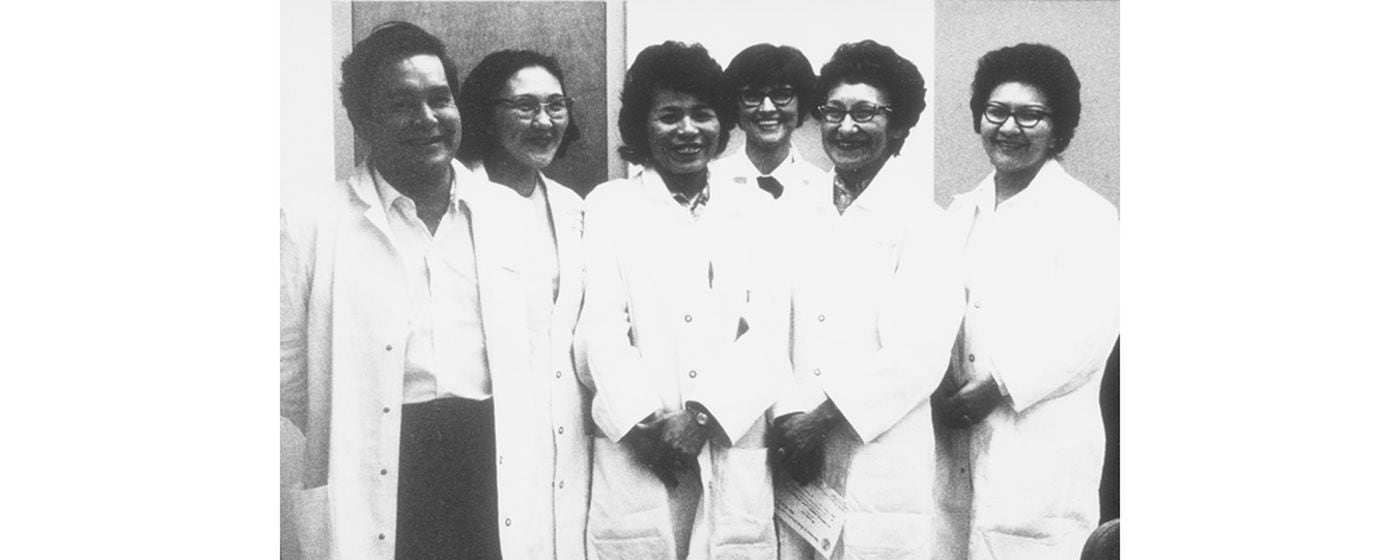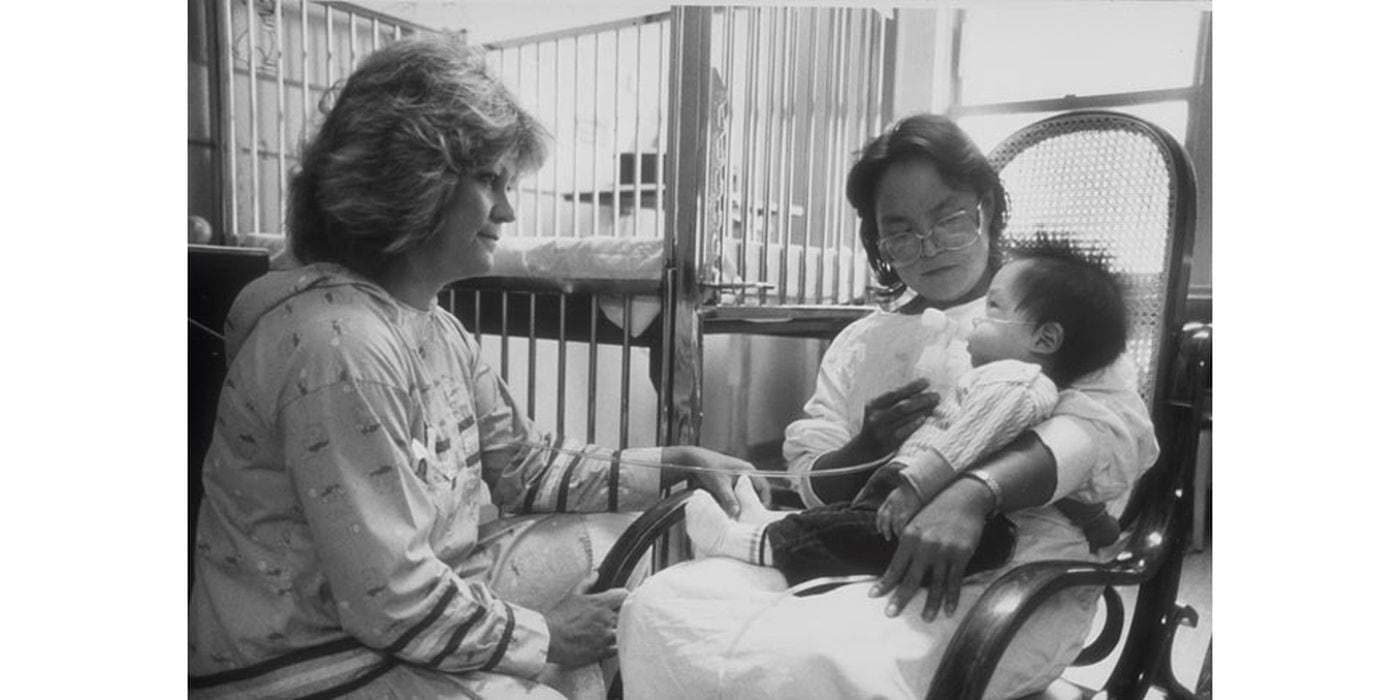Our Health in Our Hands, Part 1: The early days of tribal health care, 1955-1968
February 12, 2019
This is part one of a four part sponsored series with the Anchorage Daily News.
Today, Alaska’s tribal health care system is owned and managed by the Alaska Native people, with objectives and innovations that are unique to the cultures, trends and geography of our state.
But this hasn’t always been the case. Ask those who worked to put Alaska Native health care in the hands of Alaska Native people and they’ll tell you there was nothing easy about getting to where the tribal health care system is now.
The road to today’s health care network was long and rough. And it resulted in a system that hasn’t been duplicated anywhere else in the world.
The Indian Health Service in Alaska
Health care has long been part of tribal relations in the U.S. The federal government had begun acknowledging “certain responsibilities” toward Native American people in the late 18th century, according to an Indian Health Service publication released to mark the agency’s 50th anniversary in 2005. Early tribal health programs began as early as the 1800s, and it was not unusual for cession treaties to list medical care as partial compensation when tribes were forced to surrender their traditional lands.
In 1955, the Indian Health Service was established as a bureau of the U.S. Public Health Service, which the Bureau of Indian Affairs had previously managed. IHS assumed management of the Anchorage Medical Center of the Alaska Native Service (known as ANS) in downtown Anchorage, which opened under BIA management in 1953.

Growing up, Anchorage resident Vivian Echavarria recalls, going to the doctor at ANS was a daylong affair.
“My mother would take me out of school all day,” she said. “I would go to the front area of the old hospital, and she would take a number, and from there she would wait to get my chart. Then we would go to the ER and she’d drop the chart off, take another number, and we’d wait. I remember sitting long hours in that waiting room. And then if I needed to go get my lab (tests) or get an image done, we’d go to all of these ancillary areas and we’d draw a number, wait, draw a number, wait.”
At the time, IHS facilities across the country were already considered “poor and outmoded,” according to its own reports. Primarily located on or around reservations, IHS facilities were small and focused on critical inpatient care. ANS provided routine primary care for the Anchorage Service Unit (which covered a huge area, from the Aleutians to Glennallen) as well as serving patients from other parts of the state who required a higher level of care than was available in their regions.
The hospital was as much a social gathering spot as it was a medical facility.
“I remember my mother bringing all of us kids in tow to the Native hospital because relatives were being brought in for care,” Echavarria said. They’d bring food and visit with friends and family in the wards.
A one-size-fits-all approach
IHS’ Alaska Area Native Health Service is just one of 12 regional “areas” that make up the IHS. Headquartered in Anchorage, the Alaska Area was divided into seven regional service units that oversaw medical care in different areas of the territory, from village clinics to hospitals.
By the time Alaska became a state in 1959, the federal government was nearly 20 years into the Indian termination policy, a succession of laws that attempted to force the assimilation of Native people. The result was the loss of indigenous languages and traditions across the country, including in Alaska.

While individual IHS officers worked to provide health care, preventive medicine and sanitation in Indian Country, the agency’s structure reflected the indigenous policies of the day. In its own 50th anniversary publication in 2005, IHS described its administration at the time as “paternalistic and highly centralized, with local service units reporting to Area Offices, which reported to Washington,” with “little input” from tribal leaders.
Echavarria, who today serves as vice president of professional and support services for Alaska Native Tribal Health Consortium, says that blanket approach didn’t work, especially in Alaska. National priorities didn’t always translate to every region. And the top-down approach lingered long after boarding schools and relocation initiatives had been abandoned. During her years working in the federally managed health care system, Echevarria remembers IHS pushing nationwide programs to prevent hantavirus — a disease that has never been reported in an Alaska patient.
“I’m not trying to knock down Indian Health,” Echevarria said. “It’s just that Indian Health is a government entity that has its governance from people in Maryland.” Under that arrangement, she said, “you are banking (on) the decisions from people that may not have a clue as to what the real health care concerns are of the (local) people.”
Planting the seeds of self-governance
At the time IHS was established, the leading cause of death among Alaska Native people was tuberculosis. Introduced by European explorers in the 1700s, TB had grown to epidemic proportions in the villages. In some places, as many as 75 percent of Alaska Native children tested positive for the disease, according to a 2017 State of Alaska Epidemiology Bulletin. In the 1960s, that number began to decline, thanks to advances in treatment and new hospital facilities like ANS, which was built primarily to address TB, with 291 of its 400 beds allocated for TB patients when it opened.
There was another reason for the disease’s decline: a new trial program that designated “community health aides” who were trained to provide medical care in villages where there was no permanent clinic or full-time physician.
“It was in response to the TB effort that IHS created the community health aides,” said Paul Sherry, a longtime Alaska health care administrator who helped form the tribal health consortium in the 1990s. “They needed on-site providers in the communities to do medications management.”
Officially authorized by Congress in 1968 — the same year President Lyndon Johnson proposed ending termination policies — the Community Health Aide Program was the first step toward putting Alaska Native health care in the hands of Alaska Native people. Soon, in addition to dispensing tuberculosis medication, community health aides were responding to emergencies and providing care for expectant mothers.
“That was the first time, essentially, that (IHS) moved outside of the model of hiring Western medical practitioners who traveled around and treated people,” Sherry said. “The idea was that we’ll use local Native people to help get the job done, and of course those people quickly became relied on to do other things.”
The Community Health Aide Program changed the way health care was delivered to Alaska Native villages — and it would prove to be the first small step toward putting tribal health care under tribal management.
Next : How Alaska Native people gained control of their own health care management.
